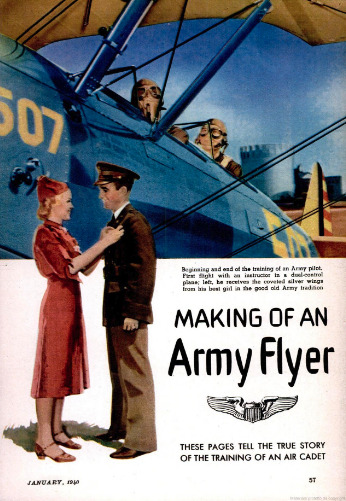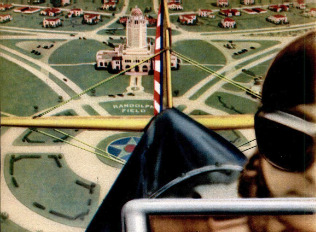-
Title (Dublin Core)
-
Making of an army flyer
-
Article Title and/or Image Caption (Dublin Core)
-
Making of an army flyer
-
extracted text (Extract Text)
-
Here’s your corrected OCR text with improved formatting, fixed typos, and restored period-accurate terminology:
---
**“CLOSE your eyes,” said the Army doctor.**
Rick Jones leaned hard against the headrest as the test chair began to spin.
*“Twenty seconds. Reverse.”*
Hands slowed the motion, sent the chair turning in the opposite direction.
*“Time up,”* said the doctor. *“Now look out the window at that tower just beyond the hangar.”*
Rick tried to focus, but his whirling brain kept pulling his eyes to the left. He could feel them jerking rhythmically from side to side. The doctor watched and, at their final twitch, clicked a stopwatch.
*“Twenty-three seconds.”* The assistant made a note.
In the big examination room, other men were behaving queerly. One climbed onto a short stool, then down again. Five lay on bunks with instruments strapped to their arms while doctors read pulses, blood pressures, and heartbeats. As in a crazy dream, Rick found himself sitting naked on a chair. He was tapped sharply with a rubber hammer on the arm, wrist, and just below the knee. Then a series of rapid commands:
*“Shut your eyes tight. Bare your teeth. Wrinkle your forehead. Stick out your tongue. Make faces. Whistle.”*
A pause. Then, *“Reflexes O.K.”*
Finally, Rick was sent down the hall to a darkened room where another doctor handed him two long cords running to a pair of vertical black rods dimly visible across the room.
*“Line the rods up even,”* commanded the examiner.
A couple of trials. Then tests with distant black lines, bright spots of light, jumbled print; with a headset that gave out faint musical whistles, tuned to the pitch of the airline radio beam. A long chat with a friendly officer who asked about his family, his boyhood and schooling, his aviation interests—from the time he was a youngster haunting local airports and building model planes, to the summer he spent as a *“grease monkey”* at a metropolitan flying field near his home.
When the officer shook hands and wished him luck, Rick realized his mental processes had been studied as carefully as his physical reactions. He walked out past rows of glass-walled steel hangars where men worked busily over motors. Over on the line stood three enormous twin-motored planes. On their noses was painted: *“11th Bombardment Squadron,”* and beneath, the insignia—a picture of *“Jiggs”* carrying a bomb under his arm.
In the courtyard, a soldier stood before a giant megaphone mounted on a post. He raised a bugle to his lips. Through the megaphone, mellow but commanding, sounded a call, and toward hangar and shop came cadets in little groups, natty in their slate-blue uniforms and jaunty flight caps.
Would he, Rick Jones, ever be part of this giant air fleet, a major arm of the defenses on which the United States rests her hopes of security? Then he remembered: Uncle Sam wants thousands of trained pilots at once; wants them badly enough to give free a $20,000 course under top-notch instructors in the world’s finest aviation school—and sweetens it with seventy-five dollars a month pay, plus all expenses, while learning. Then the silver wings of an Air Corps pilot and a second lieutenant’s commission. Finally, the choice of a five-year tour of active duty at one of the Air Corps’ many tactical stations throughout the United States and its possessions, leading eventually into an officer’s career. Or else, the right to step out into the aviation world as an experienced, Army-trained pilot.
*What a chance!* On his way home, Rick wondered whether he could stand the suspense of waiting.
---
**“HERE y’are, young Jones,” grinned the mailman two weeks later.**
Rick’s anxious fingers ripped open the long, brown envelope.
*“Report to the recruiting office nearest your home for enlistment. Three days allowed to present yourself.”*
He stood in the recruiting office, took the oath, signed his name on the register, and went on Uncle Sam’s payroll as Flying Cadet Rick Jones. Within a week after his arrival at one of the country’s nine primary training schools, he was actually flying. Three hours a day went for ground-school classes in radio, aerodynamics, gunnery, navigation, air regulations, military procedure, and engines. The balance of the day found him usually in the rear cockpit of a PT-13, standard training biplane, with his instructor at the dual controls in the front seat.
Out into the country they would go, fifteen or twenty miles. Heading toward one of the numerous emergency landing fields, Rick would push gingerly on the stick and drop into a slow glide to *“feel”* for the ground—always with the reassuring touch of the instructor on the dual controls.
Gradually, he lost the sensation of the ground rushing up to meet his landing wheels. Then, one day, the instructor stepped out and remarked casually, *“Now you take it around for a turn.”*
Cadet Jones’s heart skipped a beat. *Solo!*
He swallowed hard, gunned the motor, sent the ship racing swiftly down the field and upward in a smooth climb. The field below shrank as he climbed to 300 feet, made a ninety-degree turn, and—still rising—traced a wide square before again dipping the nose of the PT-13. Up rushed the flat earth to meet him, and he realized he was moving nearly two miles a minute. In the empty front seat, he missed the reassuring profile of his instructor, and suddenly his knees went weak. But the field approached rapidly. Automatically, Rick cut the gun, eased forward on the stick, made a gliding turn, and saw the boundary of the field flash by. Just at the last moment, he leveled off, felt the landing wheels bump, and came sailing smoothly to a stop, not ten feet from where his watching instructor stood on the sidelines.
Rick repeated the brief flight twice more before finally taxiing up to his instructor.
*“Good landing!”*
Rick saluted and opened the flight record book to enter his morning’s work. *“Name of pilot, number of passengers, time and place of take-off and landing; functioning of controls, flying qualities of plane—”*
As he sought to fill in the blanks, the lines of print ran together. Cadet Jones suddenly felt his pencil wobbling so he could not write!
---
**METALLIC and shrill through the headset came the instructor’s precise tones:**
*“The chandelle is an exaggerated climbing turn. The plane completely reverses its direction of flight—”*
All he had read of aerial dogfights, of planes flashing in silver loops and spirals, of the hallowed names of Rickenbacker, Guynemer, and Richthofen flashed through Cadet Jones’s mind. Pleasant prickles of anticipation played along his backbone. *Acrobatics!*
*“We begin at maximum speed in a shallow dive; gradually dissipate that speed as we turn and climb, until we have completely turned about and are flying again at a safe minimum speed. Follow me through, and I will execute a chandelle.”*
The dual-control stick pulled at Rick’s hand as the instructor sent the nose dipping, then gently brought it back, simultaneously applying right rudder.
*“Notice,”* continued the voice, *“that in this maneuver, the controls are never set but are moving constantly. A firm but gentle touch is necessary for smooth execution.”
Rose rose above the horizon. Majestically
the plane lifted, swung toward the right,
and the right wing dipped gradually in &
vertical bank.
“Halfway point. From here the maneuver
is the exact opposite of the first part.”
The plane began to straighten out and the
horizon tilted back, the motors roar less-
ened, and in another moment they were in
level fight, now headed back toward the
starting point.
Cadet Jones grasped the idea and his
efforts did him credit, though once when he
felt the ship hesitate in its upward spiral
and threaten to stall, he opened the throttle
with a rush. At a quick shake of the in-
structor's head, he quickly smothered it
down. Soon he was allowed to practice the
maneuver solo.
Returning homeward alone, he noticed
‘another PT-13 approaching at his left, fying.
very low—well under the 500-foot minimum
altitude prescribed for approaching the field.
As Rick swung right to follow the imaginary
lane of the “traffic pattern” for incoming
and outgoing ships, the other plane disap-
peared, blanketed from sight behind the
wings.
Cadet Jones began to worry. Where would
this erratic fiyer come out? Would he go
downward, or zoom suddenly from below
and tangle with Rick's machine?
Instead of nosing down to land, Rick
gunned the motor, flew up the field, made a
square circuit at 500 feet, headed up the
runway, and landed near his own hangar.
The other pilot now was bumping unsteadily
across the field on the wrong side.
As he walked into the flight office, helmet
and goggles in hand, the flight commander,
Who never had shown any indication of
noticing Rick at all looked up from his desk.
“Cadet Jones, you used good judgment
in going around the field instead of landing
blind and trusting to luck. The Army likes
pilots who use their heads!”
ahead lay greater adventures: America’s
largest flying school, a city of 4,000, devoted
entirely to the traiaing of fying oficers.
For every cadet who came to this great
university of the air to study, five men
worked behind the scenes to keep the ma-
chinery of the immense plant running per-
tectly.
‘When the train pulled in, the station wag-
on was waiting. Rick achieved a sappy
Salute for the khaki-clad orderly who greet.
d the half dozen cadets for Randolph Field.
‘The tiled tower of the Administration
Building glinted in the blazing Texas sun.
Overhead droned a dozen blue-and-yeliow
monoplane. A prodigious roar rolled forth
from a long roofed stall where coveralied
cadets tinkered with motors raciag in the
test Blocks.
In the ofice. Rick reported to the com-
mandant of cadets, was assigned to a room
in one of the big tile-and-stucco barracks,
and met his roommate, a breezy, red-haired
young Irishman named Ryan. After eve-
hing mes, the two strolled over to the row
of hangars along the north flying field.
Through an ‘open door they glimpsed a
double line of sleek, low. winged monoplanes,
Dew and shining with their glossy yellow
wings and blue fuselages.
‘The two stepped inside for a closer look.
Rick ran his eyes eagerly over the trim ship,
with ita 400 horsepower engine, Ita two:
position “prop.” its “eyebrow” siots, ita
landing flaps ts wing-tip lights.
“Thirty thousand dollars worth of modern
fighting plane,” said Ryan. “Two-way radio
and everything. They tell me this crate
really gets up and steps—fying It is going
to be like riding a motor cycle instead of a
kiddie car!”
Rick climbed onto the wing step and
peered into the rear cockpit. Compared with
the simple instrument board of the PT-13,
the panel fairly bristled with mysterious
gadgets—knobs, dials, levers, and buttons.
“And where are you going to fly her
now?” demanded a strange voice. A tall
soldier with peaked garrison cap and blue
arm band stood with hands on hips.
“One of the new bunch, eh? Well, don’t
try to take this ship to bed with you. I'm
on MP. duty in this area and we simply
don't allow it. You'll be getting your hands
full of BT-9 during the next twelve weeks.”
Next month Sterling Gleason will tell
more of Rick Jones's adventures as a flying
cadet in the Air Corps.
-
Contributor (Dublin Core)
-
Sterling Gleason (article writer)
-
Language (Dublin Core)
-
eng
-
Date Issued (Dublin Core)
-
1940-01
-
pages (Bibliographic Ontology)
-
57-64, 230, 232
-
Rights (Dublin Core)
-
Public domain
-
References (Dublin Core)
-
BT-9
-
Archived by (Dublin Core)
-
Sami Akbiyik
-
Marco Bortolami (editor)
 Popular Science Monthly, v. 136, n. 1, 1940
Popular Science Monthly, v. 136, n. 1, 1940
 Ekran Resmi 2021-12-15 13.24.33.png
Ekran Resmi 2021-12-15 13.24.33.png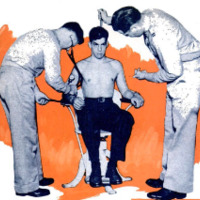 Ekran Resmi 2021-12-15 13.24.51.png
Ekran Resmi 2021-12-15 13.24.51.png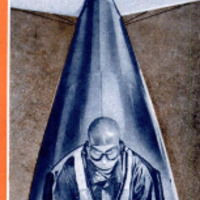 Ekran Resmi 2021-12-15 13.25.09.png
Ekran Resmi 2021-12-15 13.25.09.png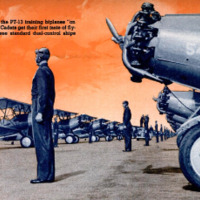 Ekran Resmi 2021-12-15 13.25.20.png
Ekran Resmi 2021-12-15 13.25.20.png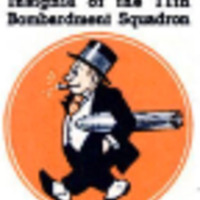 Ekran Resmi 2021-12-15 13.25.33.png
Ekran Resmi 2021-12-15 13.25.33.png Ekran Resmi 2021-12-15 13.25.42.png
Ekran Resmi 2021-12-15 13.25.42.png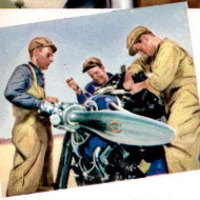 Ekran Resmi 2021-12-15 13.25.53.png
Ekran Resmi 2021-12-15 13.25.53.png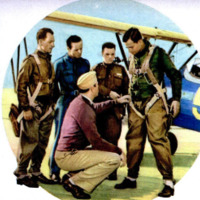 Ekran Resmi 2021-12-15 13.26.06.png
Ekran Resmi 2021-12-15 13.26.06.png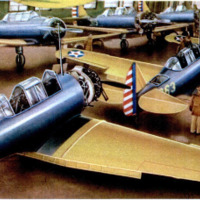 Ekran Resmi 2021-12-15 13.26.25.png
Ekran Resmi 2021-12-15 13.26.25.png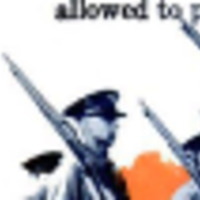 Ekran Resmi 2021-12-15 13.26.34.png
Ekran Resmi 2021-12-15 13.26.34.png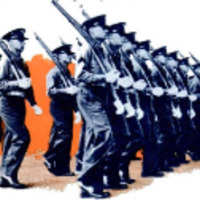 Ekran Resmi 2021-12-15 13.26.37.png
Ekran Resmi 2021-12-15 13.26.37.png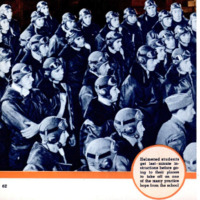 Ekran Resmi 2021-12-15 13.27.06.png
Ekran Resmi 2021-12-15 13.27.06.png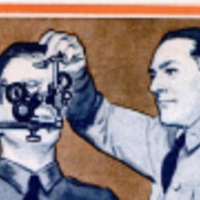 Ekran Resmi 2021-12-15 13.27.15.png
Ekran Resmi 2021-12-15 13.27.15.png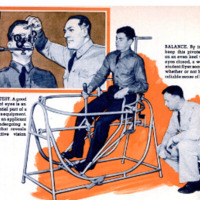 Ekran Resmi 2021-12-15 13.27.27.png
Ekran Resmi 2021-12-15 13.27.27.png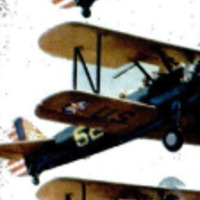 Ekran Resmi 2021-12-15 13.27.41.png
Ekran Resmi 2021-12-15 13.27.41.png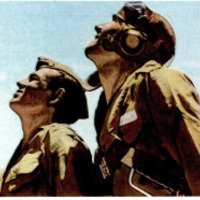 Ekran Resmi 2021-12-15 13.28.13.png
Ekran Resmi 2021-12-15 13.28.13.png
